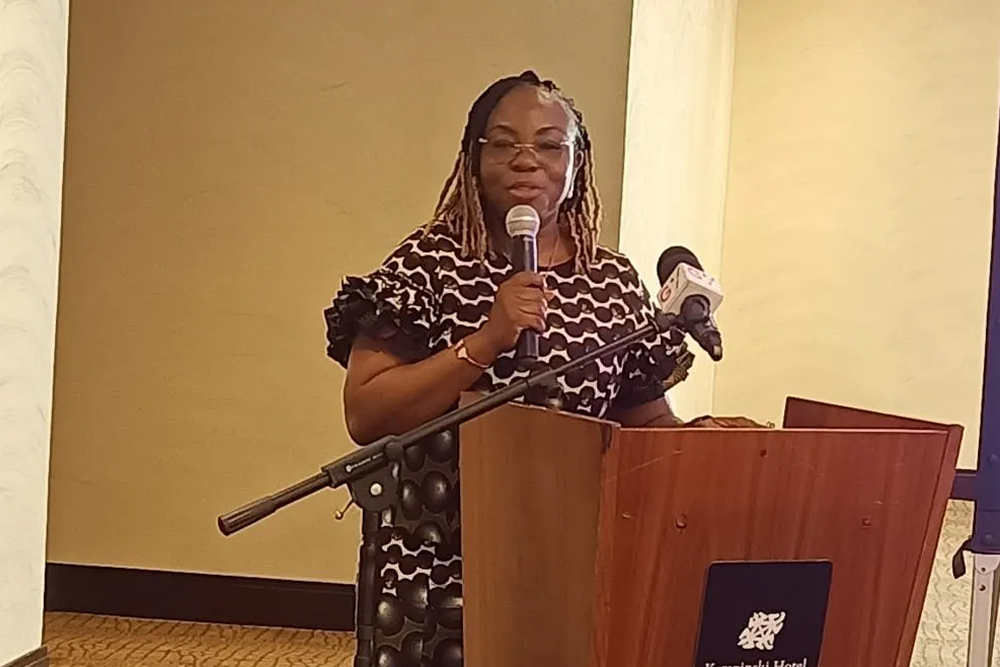NEWS
Impact - Ghana adopts Japanese technology for road maintenance

Accra, April 25, GNA – Ghana has adopted a Japanese Artificial Intelligence (AI) to enhance road maintenance in the country.
The Dynamic Response Intelligent Monitoring System (iDRIMS) makes it possible for engineers to use their smartphones to evaluate the quality of road after construction or repair work by accurately estimating the profile of the road.
The device is installed on the dashboard of a vehicle and while driving, the user is able to obtain data on the maintenance activity on the road.
A team of experts from Japan have trained their Ghanaian counterparts on the technology as part of a four-year project dubbed: “Project on Capacity Building for Road and Bridge Management,” financed by the Japan International Cooperation Agency (JICA).
The team, under the auspices of the Ministry of Roads and Highways (MRH), held a technical seminar in Accra on Tuesday to finalise the outputs of the Project.
The Project, which commenced in 2019 and ended this year, built the capacities of the MRH and its agencies in the management of roads and bridges in Ghana.
The Japanese team also trained their Ghanaian counterparts on the use of a new type of pre-mixed cold mix asphalt known as EXCEL Patch, which is able to patch roads during rainy season and does not require heating.
Speaking to journalists at the meeting, Mrs Rita Ohene-Sarfo, the Director of Policy and Planning, MRH, said the Project had helped the Ministry to review its design and maintenance manuals for road and bridges to conform to emerging techniques.
“Now the volume of water has increased so our discharge levels, our culverts, bridges and everything and even our materials (have changed). We have short-term rains but the impacts are very high. We have designed all of that,” she said.
Mrs Ohene-Sarfo said the Japanese technology for road maintenance was given to Ghana “free of charge.”
She said the new system would reduce the time spent in its road assessment and enhance the accuracy of data gathered on the field.
“We used to do a lot of walking in identifying our maintenance (spots). We have a machine that identifies what we call the roughness index. Now with this technology, all we need is a smartphone and even when engineer is going to site, he can be doing his maintenance assessment,” Mrs Ohene-Sarfo said.
She appealed to JICA to support the Ministry to review its technical specifications to match and support the effective implementation of its updated manuals.
